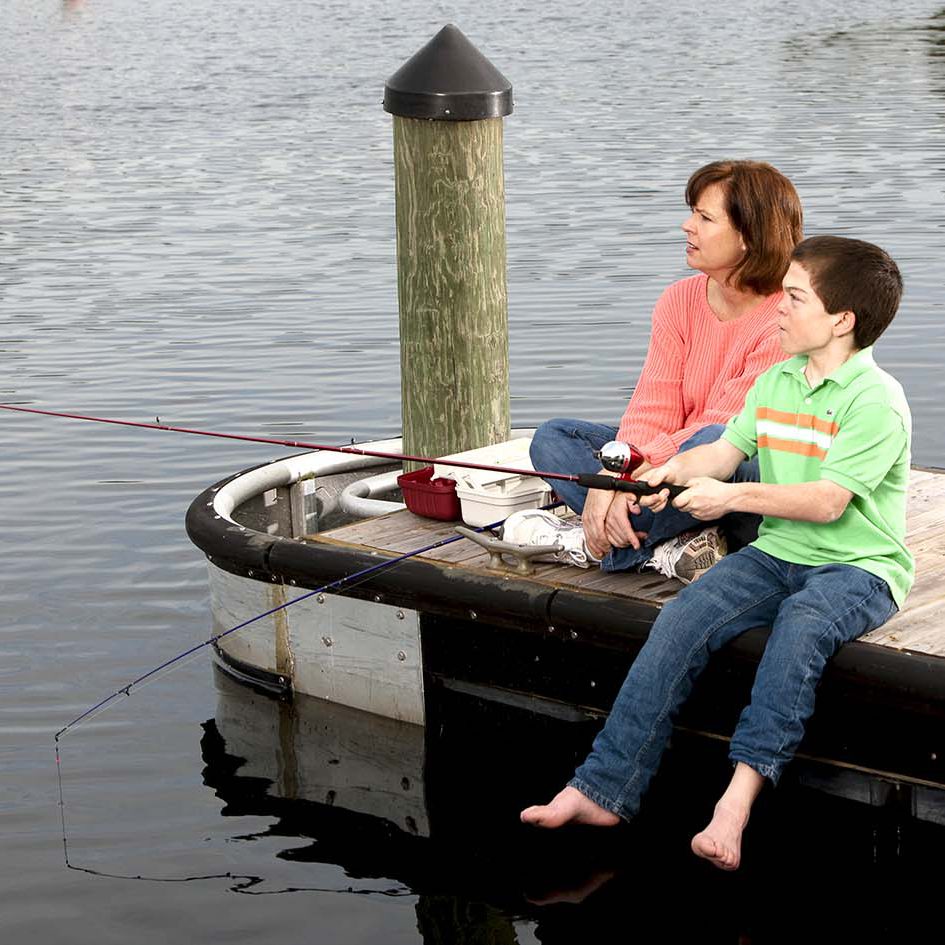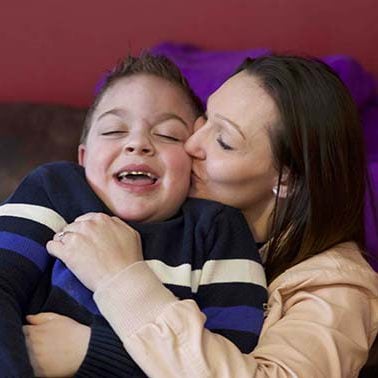Mindfulness
These activities are based on mindfulness. If you haven’t come across this idea before, mindfulness is about focusing on the present moment. Often, we worry too much about the past or the future. That can make us feel very anxious. And when you’re dealing with uncertainty and the unknown future your child’s illness brings, thinking about the future can distract you from what’s happening here and now. It can take you away from the small everyday pleasures you’re getting from your child.
Being in the present can help us feel calmer. Mindfulness helps us step back from our feelings, so we can let them come and go. It’s a skill we can practise. 1,2 There are different ways to practise mindfulness so we’ve included several different types of activities. Some may work better for you than others, so try them all to see which help you most. You can do some of these activities with your family, too.


Mindfulness of the senses This is a simple activity that can help you feel calmer by bringing you into the present moment.1 It works by focusing on your five senses, so you don’t need anything special – just yourself. Once you know how to do it, you can try this wherever you are, as long as you can be still and quiet for a few minutes. And it’s so simple, the whole family can join in. When you’re ready, make sure you’re comfortable - and play.
Mindfulness of emotions Trying to fight difficult feelings can actually make them stronger. Accepting your feelings and making space for them can help them feel easier to cope with.1 And this simple activity will show you how to do it. Once you get used to doing this, you’ll probably find it easier to be with challenging feelings. You can also try this with your family. Make sure you have a few moments to sit quietly, then play.
Mindfulness for daily chores It can sometimes feel difficult to take time to sit and relax. The good news is you don’t have to. Mindfulness focuses on the present moment, so you can get the benefits when you’re doing daily tasks. In fact, those boring household chores are the ideal time to practise mindfulness. This activity shows you how.
Mindful colouring You probably enjoyed colouring when you were a child. The recent trend for adult colouring books isn’t surprising. Colouring is a great way to be mindful. It helps you focus on something in the moment. It’s a fun and simple way to relax. And your family can enjoy it with you. You just need a selection of coloured pencils. You could try it now with these patterns you can print out.


We would love to hear from you!
Click Here to answer a short feedback survey on the activities you have used.
References
